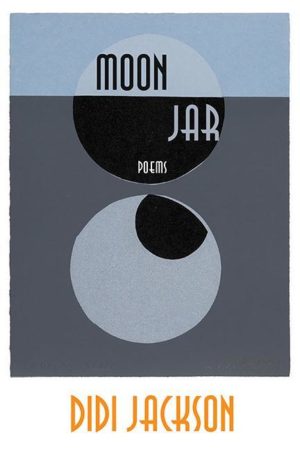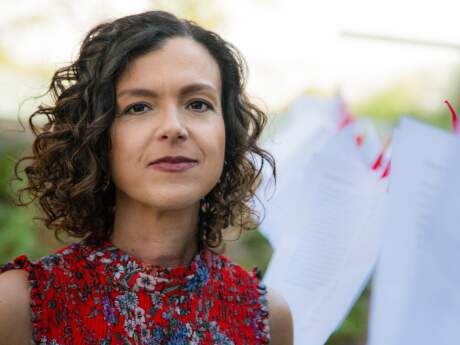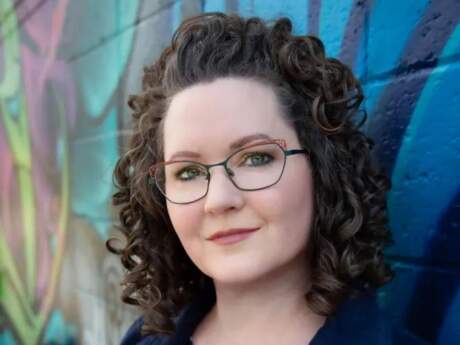In Their Own Words
Didi Jackson on “Ribollita”

In a Tuscan farmhouse
I cook ribollita, a peasant soup
of white beans, crumbled bread, and kale,
as the campanile di San Biagio rings in the centuries.
Though not Catholic, maybe not even a Christian,
I kneel in the shadow of this church
and look deep inside the sleeves
of a sweater I’ve worn too many months.
After taking his own life,
the husband I knew burned
in a box I chose from several boxes.
I also chose his clothes, the urn,
and in the end asked for him
to look like death, not a false life.
Yet here I am, considering
a soup hundreds of years old,
the golden altar of the Madonna de Buon Viaggio,
and the sound of bells in the lower fields near our farm.
I know the path to the San Biagio
like I know the roof of my own mouth,
bells like foil between my teeth: electric.
The scent of footprints might confuse the dead,
but each night I end up between the sheets,
windows open in the last hour of lovemaking
among bed bugs and common centipedes.
In my new husband’s arms,
trafficking old scars, I hear the prune plums
fall from the trees. I will collect
and skin them in the morning.
From Moon Jar (Red Hen Press, 2020). Reprinted with the permission of the author.
On "Ribollita"
I am astonished at how moments of absolute joy and elation can be companioned with sorrow and grief. I now realize that the loss of my husband to suicide is an agony that will always accompany me wherever I go. Even in moments of bliss, that ache will be alive and smoldering. I thought that time would heal, as the saying goes. And it may to some extent weaken the intensity of the grief, but I also understand it will never actually go away.
“Ribollita” was written while my new husband and I rented a farmhouse in Tuscany near Montepulciano for a few weeks. We are both poets and found the rustic design of the farmhouse inspiring. There was a long wooden table in the kitchen pressed closely to the wide, gaped mouth of the cooking fireplace where we sat night after night writing and drinking wine. The morning air was filled with two types of bells, one from the sheep in the pasture below us and the other from the campanile of San Biagio. Because I have always been fascinated by sacred spaces and feel as if they contain all of my hope and all of my grief simultaneously, I found myself drawn to walking the dirt path from our farmhouse, through the olive and plum tree groves, up to the church. The late gothic altar piece of the Madonna holding a crowned infant Jesus was comforting. Even in his infancy, Mary already knew of his forthcoming torture and inevitable death. She knew they both would suffer. She of course would survive him, but barely. How many different lives do we live in one life time?
The most ordinary moments of death, the most human, seem often to be the most outrageous. I remember when I was asked which box I’d like for my husband to be burned in. The choices ranged from one made of simple cardboard to an elaborate silk and enameled wooden coffin. I could hear his voice in my head chastising me for wasting money on the expensive version just to be burned.
And because I wasn’t with him when he died, nor could I see his body immediately after, I asked the mortician not to prepare his body at all. I wanted my husband to look like death. I still to this day feel as if I should have been the one to prepare his body, to wash and clean his wounds, and to honor him despite my anger at him for taking his own life.
So how is it possible to go through such tragedy and ever experience joy and life’s pleasures again? As the world has a way of doing, time moves on. And I could not have seen my future to be one where, four years later, I am in my new husband’s arms, making a peasant soup and writing poems in Tuscany.



